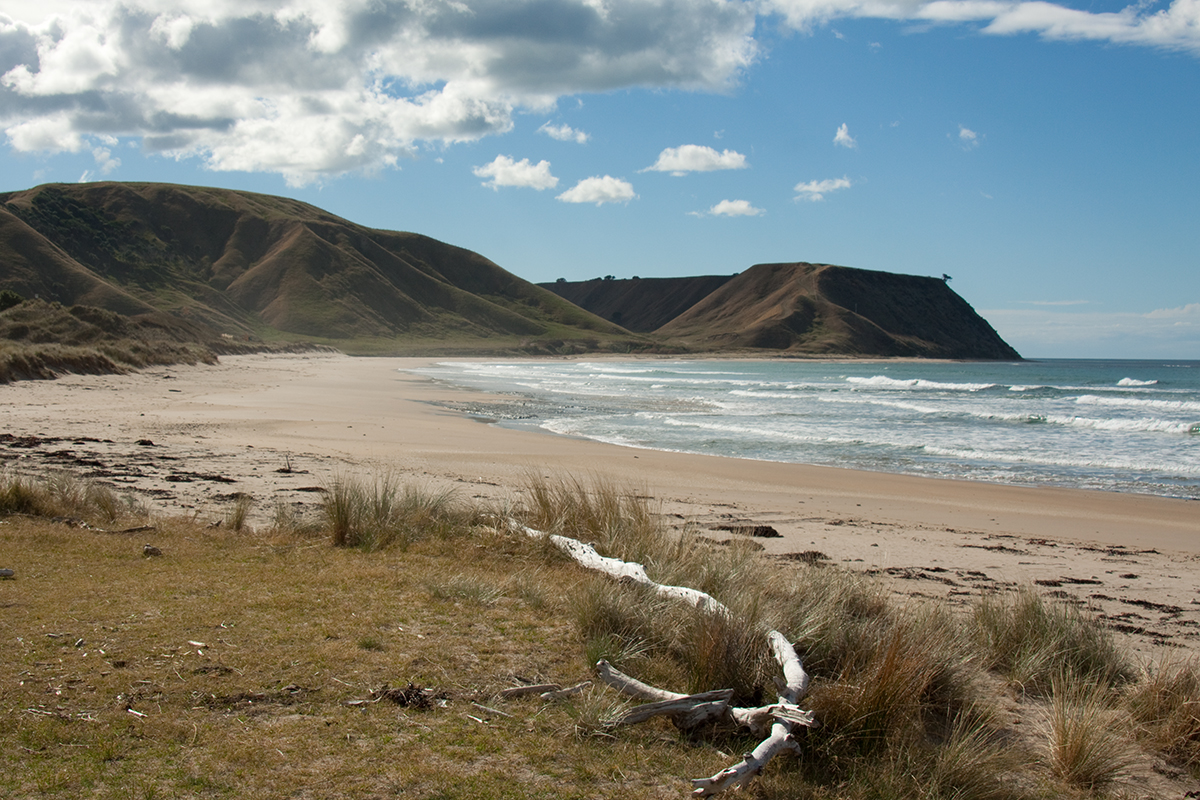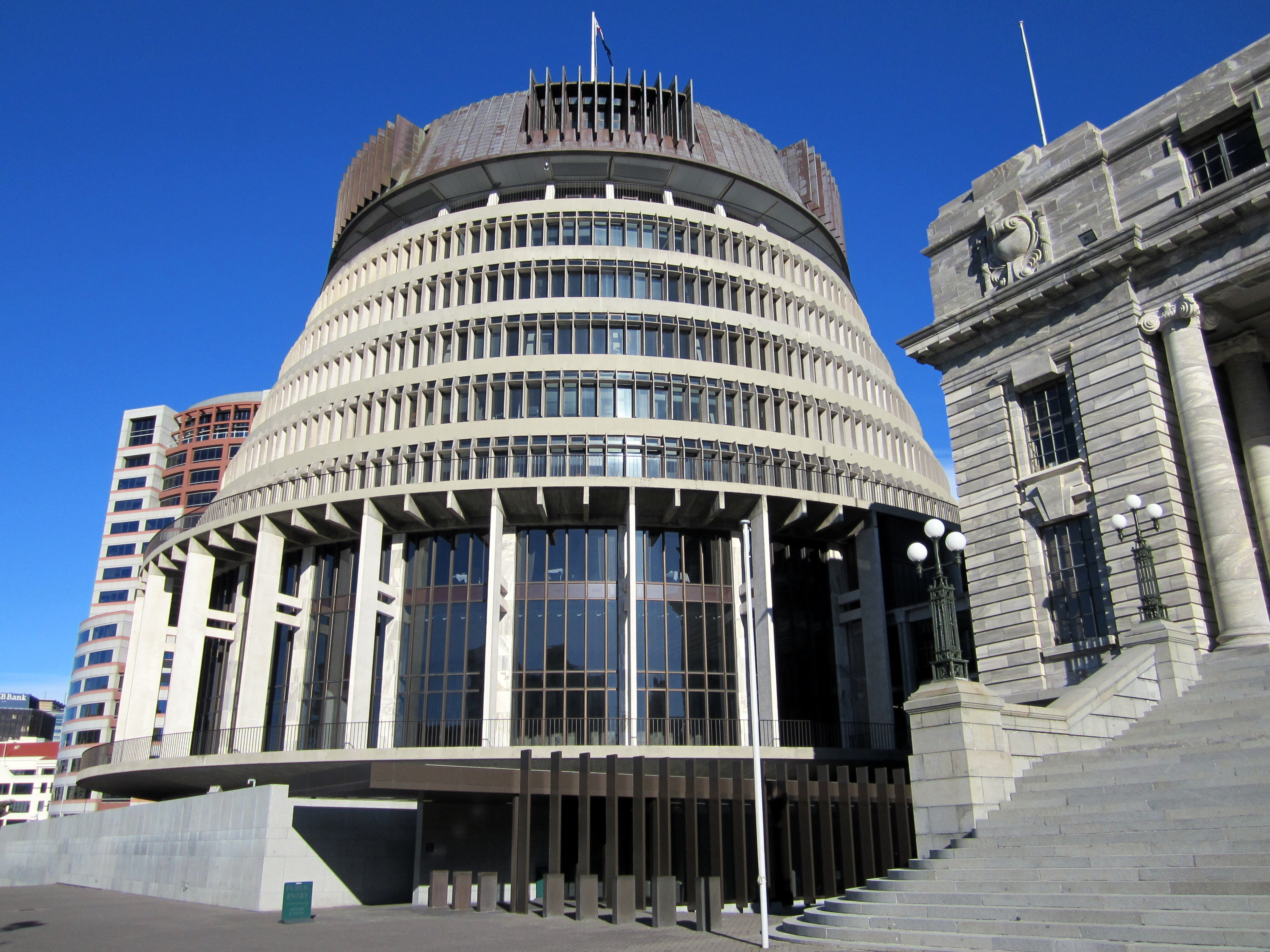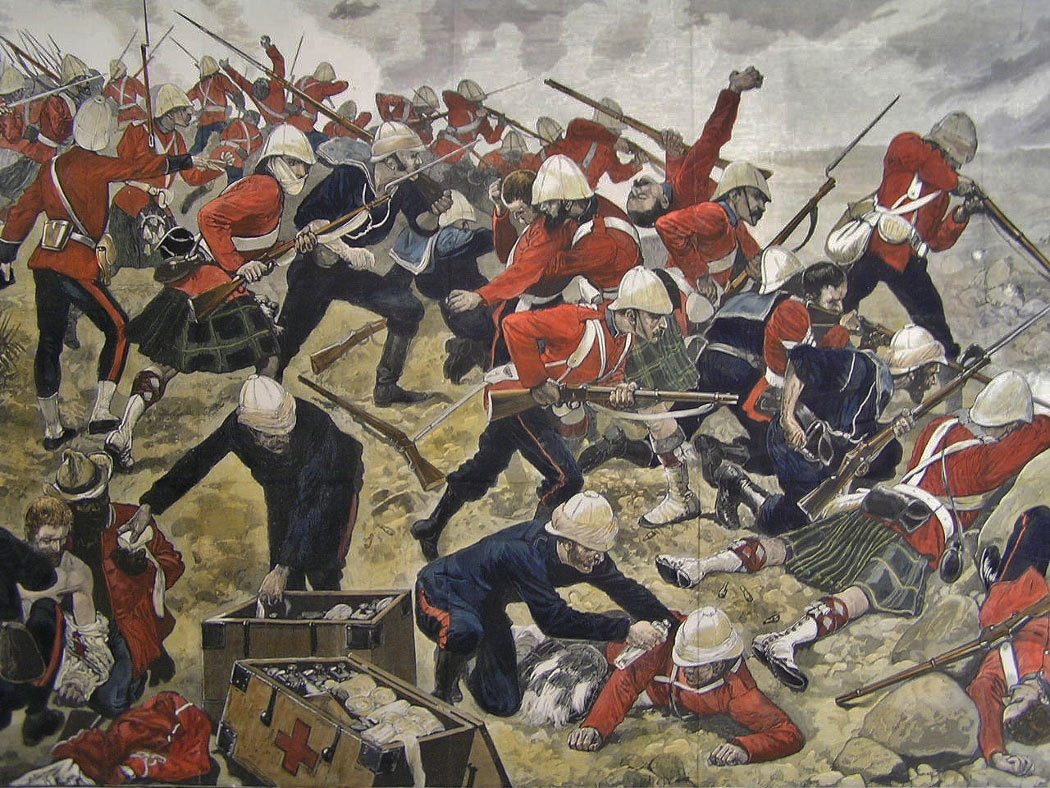|
Matiaha Tiramōrehu
Matiaha Tiramōrehu (?–1881) was a notable New Zealand tribal leader, teacher, land protester and assessor. Of Māori people, Māori descent, he identified with the Ngāi Tahu iwi. He was born in Kaiapoi, North Canterbury, New Zealand. In 1849 only one year after Ngāi Tahu and Henry Kemp made the Canterbury land deal Tiramorehu started pursuing a formal grievance to the Crown (the New Zealand Government) not upholding their end of the deal. This was continued by almost every Ngāi Tahu leader until the 1990s. References 1881 deaths New Zealand schoolteachers New Zealand Māori activists New Zealand activists People from Kaiapoi Ngāi Tahu people New Zealand Māori schoolteachers Year of birth missing {{Māori-bio-stub ... [...More Info...] [...Related Items...] OR: [Wikipedia] [Google] [Baidu] |
Māori People
Māori () are the Indigenous peoples of Oceania, indigenous Polynesians, Polynesian people of mainland New Zealand. Māori originated with settlers from East Polynesia, who arrived in New Zealand in several waves of Māori migration canoes, canoe voyages between roughly 1320 and 1350. Over several centuries in isolation, these settlers developed Māori culture, a distinct culture, whose language, mythology, crafts, and performing arts evolved independently from those of other eastern Polynesian cultures. Some early Māori moved to the Chatham Islands, where their descendants became New Zealand's other indigenous Polynesian ethnic group, the Moriori. Early contact between Māori and Europeans, starting in the 18th century, ranged from beneficial trade to lethal violence; Māori actively adopted many technologies from the newcomers. With the signing of the Treaty of Waitangi, Treaty of Waitangi/Te Tiriti o Waitangi in 1840, the two cultures coexisted for a generation. Rising ten ... [...More Info...] [...Related Items...] OR: [Wikipedia] [Google] [Baidu] |
Ngāi Tahu
Ngāi Tahu, or Kāi Tahu, is the principal Māori people, Māori (tribe) of the South Island. Its (tribal area) is the largest in New Zealand, and extends from the White Bluffs / Te Parinui o Whiti (southeast of Blenheim, New Zealand, Blenheim), Mount Māhanga and Kahurangi Point in the north to Stewart Island / Rakiura in the south. The comprises 18 (governance areas) corresponding to traditional settlements. According to the 2023 New Zealand census, 2023 census an estimated 84,000 people affiliated with the Kāi Tahu iwi. Ngāi Tahu originated in the Gisborne District of the North Island, along with Ngāti Porou and Ngāti Kahungunu, who all intermarried amongst the local Ngāti Ira. Over time, all but Ngāti Porou would migrate away from the district. Several were already occupying the South Island prior to Ngāi Tahu's arrival, with Kāti Māmoe only having arrived about a century earlier from the Hastings, New Zealand, Hastings District, and already having conquered W ... [...More Info...] [...Related Items...] OR: [Wikipedia] [Google] [Baidu] |
Kaiapoi
Kaiapoi is a town in the Waimakariri District of the Canterbury, New Zealand, Canterbury region, in the South Island of New Zealand. The town is located approximately 17 kilometres north of central Christchurch, close to the mouth of the Waimakariri River. It is considered a satellite town of Christchurch and is part of the Christchurch functional urban area. The town is named after the nearby Kaiapoi Pā. Kaiapoi suffered extensive damage in the 2010 Canterbury earthquake, 2010 Canterbury and also the February 2011 Christchurch earthquakes, which rendered many homes uninhabitable and businesses inoperable. Large areas were condemned as part of a residential red zone covering uninhabitable areas. History Pre-settlement Kaiapoi is located on what was formally the south bank of the north branch of the Waimakariri River. This patch of land between the north and south branches of the Waimakariri was the largest island in the lower reaches of the river. "Kaiapoi Island" (as it was ... [...More Info...] [...Related Items...] OR: [Wikipedia] [Google] [Baidu] |
North Canterbury
Canterbury () is a region of New Zealand, located in the central-eastern South Island. The region covers an area of , making it the largest region in the country by area. It is home to a population of The region in its current form was established in 1989 during nationwide local government reforms. The Kaikōura District joined the region in 1992 following the abolition of the Nelson-Marlborough Regional Council. Christchurch, the South Island's largest city and the country's second-largest urban area, is the seat of the region and home to percent of the region's population. Other major towns and cities include Timaru, Ashburton, Rangiora and Rolleston. History Natural history The land, water, flora, and fauna of Canterbury has a long history, stretching from creation of the greywacke basement rocks that make up the Southern Alps to the arrival of the first humans. This history is linked to the solidification and development of tectonic plates, the development of o ... [...More Info...] [...Related Items...] OR: [Wikipedia] [Google] [Baidu] |
New Zealand
New Zealand () is an island country in the southwestern Pacific Ocean. It consists of two main landmasses—the North Island () and the South Island ()—and List of islands of New Zealand, over 600 smaller islands. It is the List of island countries, sixth-largest island country by area and lies east of Australia across the Tasman Sea and south of the islands of New Caledonia, Fiji, and Tonga. The Geography of New Zealand, country's varied topography and sharp mountain peaks, including the Southern Alps (), owe much to tectonic uplift and volcanic eruptions. Capital of New Zealand, New Zealand's capital city is Wellington, and its most populous city is Auckland. The islands of New Zealand were the last large habitable land to be settled by humans. Between about 1280 and 1350, Polynesians began to settle in the islands and subsequently developed a distinctive Māori culture. In 1642, the Dutch explorer Abel Tasman became the first European to sight and record New Zealand. ... [...More Info...] [...Related Items...] OR: [Wikipedia] [Google] [Baidu] |
New Zealand Government
The New Zealand Government () is the central government through which political authority is exercised in New Zealand. As in most other parliamentary democracies, the term "Government" refers chiefly to the executive branch, and more specifically to the Ministry (collective executive), collective ministry directing the executive. Based on the principle of responsible government, it operates within the framework that "the reigns, but the government rules, so long as it has the support of the New Zealand House of Representatives, House of Representatives".Sir Kenneth Keith, quoted in the Cabinet Manual'. The ''Cabinet Manual (New Zealand), Cabinet Manual'' describes the main laws, rules and Constitutional convention (political custom), conventions affecting the conduct and operation of the Government. Executive power is exercised by Ministers in the New Zealand Government, ministers, all of whom are sworn into the Executive Council of New Zealand, Executive Council and accounta ... [...More Info...] [...Related Items...] OR: [Wikipedia] [Google] [Baidu] |
1881 Deaths
Events January * January 1– 24 – Siege of Geok Tepe: Russian troops under General Mikhail Skobelev defeat the Turkomans. * January 13 – War of the Pacific – Battle of San Juan and Chorrillos: The Chilean army defeats Peruvian forces. * January 15 – War of the Pacific – Battle of Miraflores: The Chileans take Lima, capital of Peru, after defeating its second line of defense in Miraflores. * January 24 – William Edward Forster, chief secretary for Ireland, introduces his Coercion Bill, which temporarily suspends habeas corpus so that those people suspected of committing an offence can be detained without trial; it goes through a long debate before it is accepted February 2. Note that Coercion bills had been passed almost annually in the 19th century, with a total of 105 such bills passed from 1801 to 1921. * January 25 – Thomas Edison and Alexander Graham Bell form the Oriental Telephone Company. February * Febru ... [...More Info...] [...Related Items...] OR: [Wikipedia] [Google] [Baidu] |
New Zealand Schoolteachers
New or NEW may refer to: Music * New, singer of K-pop group The Boyz * ''New'' (album), by Paul McCartney, 2013 ** "New" (Paul McCartney song), 2013 * ''New'' (EP), by Regurgitator, 1995 * "New" (Daya song), 2017 * "New" (No Doubt song), 1999 * "new", a song by Loona from the 2017 single album '' Yves'' * "The New", a song by Interpol from the 2002 album ''Turn On the Bright Lights'' Transportation * Lakefront Airport, New Orleans, U.S., IATA airport code NEW * Newcraighall railway station, Scotland, station code NEW Other uses * ''New'' (film), a 2004 Tamil movie * New (surname), an English family name * NEW (TV station), in Australia * new and delete (C++), in the computer programming language * Net economic welfare, a proposed macroeconomic indicator * Net explosive weight, also known as net explosive quantity * Network of enlightened Women, an American organization * Newar language, ISO 639-2/3 language code new * Next Entertainment World, a South Korean media compan ... [...More Info...] [...Related Items...] OR: [Wikipedia] [Google] [Baidu] |
New Zealand Māori Activists
New or NEW may refer to: Music * New, singer of K-pop group The Boyz * ''New'' (album), by Paul McCartney, 2013 ** "New" (Paul McCartney song), 2013 * ''New'' (EP), by Regurgitator, 1995 * "New" (Daya song), 2017 * "New" (No Doubt song), 1999 * "new", a song by Loona from the 2017 single album '' Yves'' * "The New", a song by Interpol from the 2002 album ''Turn On the Bright Lights'' Transportation * Lakefront Airport, New Orleans, U.S., IATA airport code NEW * Newcraighall railway station, Scotland, station code NEW Other uses * ''New'' (film), a 2004 Tamil movie * New (surname), an English family name * NEW (TV station), in Australia * new and delete (C++), in the computer programming language * Net economic welfare, a proposed macroeconomic indicator * Net explosive weight, also known as net explosive quantity * Network of enlightened Women, an American organization * Newar language, ISO 639-2/3 language code new * Next Entertainment World, a South Korean media com ... [...More Info...] [...Related Items...] OR: [Wikipedia] [Google] [Baidu] |
People From Kaiapoi
The term "the people" refers to the public or common mass of people of a polity. As such it is a concept of human rights law, international law as well as constitutional law, particularly used for claims of popular sovereignty. In contrast, a people is any plurality of persons considered as a whole. Used in politics and law, the term "a people" refers to the collective or community of an ethnic group or nation. Concepts Legal Chapter One, Article One of the Charter of the United Nations states that "peoples" have the right to self-determination. Though the mere status as peoples and the right to self-determination, as for example in the case of Indigenous peoples (''peoples'', as in all groups of indigenous people, not merely all indigenous persons as in ''indigenous people''), does not automatically provide for independent sovereignty and therefore secession. Indeed, judge Ivor Jennings identified the inherent problems in the right of "peoples" to self-determination, as i ... [...More Info...] [...Related Items...] OR: [Wikipedia] [Google] [Baidu] |
Ngāi Tahu People
Iwi () are the largest social units in New Zealand Māori society. In Māori, roughly means or , and is often translated as "tribe". The word is both singular and plural in the Māori language, and is typically pluralised as such in English. groups trace their ancestry to the original Polynesian migrants who, according to tradition, arrived from Hawaiki. Some cluster into larger groupings that are based on (genealogical tradition) and known as (literally , with reference to the original migration voyages). These super-groupings are generally symbolic rather than logistical. In pre-European times, most Māori were allied to relatively small groups in the form of () and (). Each contains a number of ; among the of the Ngāti Whātua iwi, for example, are Te Uri-o-Hau, Te Roroa, Te Taoū, and Ngāti Whātua-o-Ōrākei. Māori use the word ''rohe'' for the territory or boundaries of iwi. In modern-day New Zealand, can exercise significant political power in the manageme ... [...More Info...] [...Related Items...] OR: [Wikipedia] [Google] [Baidu] |




